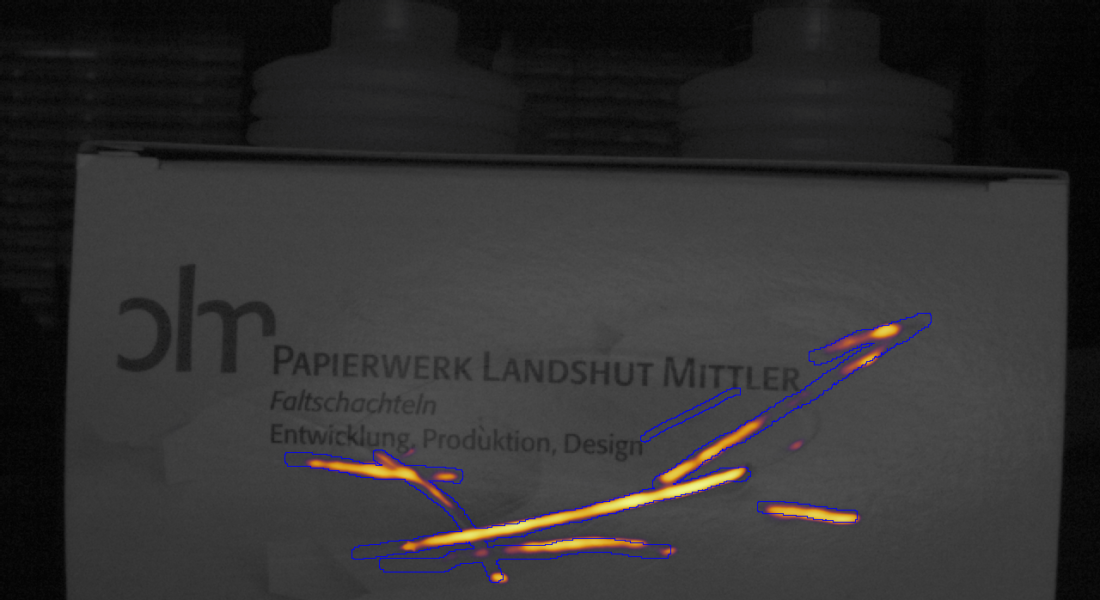
Industrial Computer Vision Detect Defects on Challenging Surfaces Applications
Description of our own Retina Deep Learning Software Built from Scratch.
Thanks to our Partners and Customers who trusted our Expertise in Machine Vision Applications, we were able to help and develop an advanced AI Deep Learning Algorithm library dedicated for Machine Vision for Factory Automation Applications. Detailed descriptions, use cases, images and demonstration videos can be accessed in our News section (we are working to build up more and more contents in that section, please subscribe to our LinkedIn, FaceBook or Youtube pages to get notified as soon as new contents will be available).
Our Retina deep learning software redefines your quality inspection using artificial intelligence and help identifying defective products in real-time 24/7 with the same accuracy and flexibility of a human but without being influenced by fatigue and moods. Only deep learning can inspect several parts per second precisely, reliably and constantly.
The robustness and consistency of Retina deep learning software is a powerful tool helping operators to decide quicker the conformity of the product so that operators can concentrate on their main specific task with higher added-value.
Deep learning-based image analysis enables manufacturers to automate their production lines with the most advanced visual inspections algorithm for catching challenging defects to enhance products quality within minutes.
With Retina deep learning software, there is no need to be a Data scientist, a Deep learning expert nor a Computer vision engineer to be able to deploy quickly an A.I. vision inspection solution.
In summary, we will propose 4 flavors for our Retina Deep Learning Software (Standalone application, .NET dll, C/C++ dll, plugins for Cognex Designer and Matrox Design Assistant):

1. Flavor Cherry:
-
- Anomalies detector enables detection of challenging/complex or shiny surfaces down to 1-pixel accuracy. This void the need of chaining several tools with several features sizes.
- Recipe/model change during runtime is done via a simple number input. This voids the need of complex scripting.
- (Advanced) Multi class defects detection voids chaining several different types tools for detecting then classifying defects.
- Runtime parallel multi-instance/threads execution on a single GPU. This allows reducing hardware cost and maintenance cost.
- Optimized Graphic/CUDA RAM memory allocation and usage.
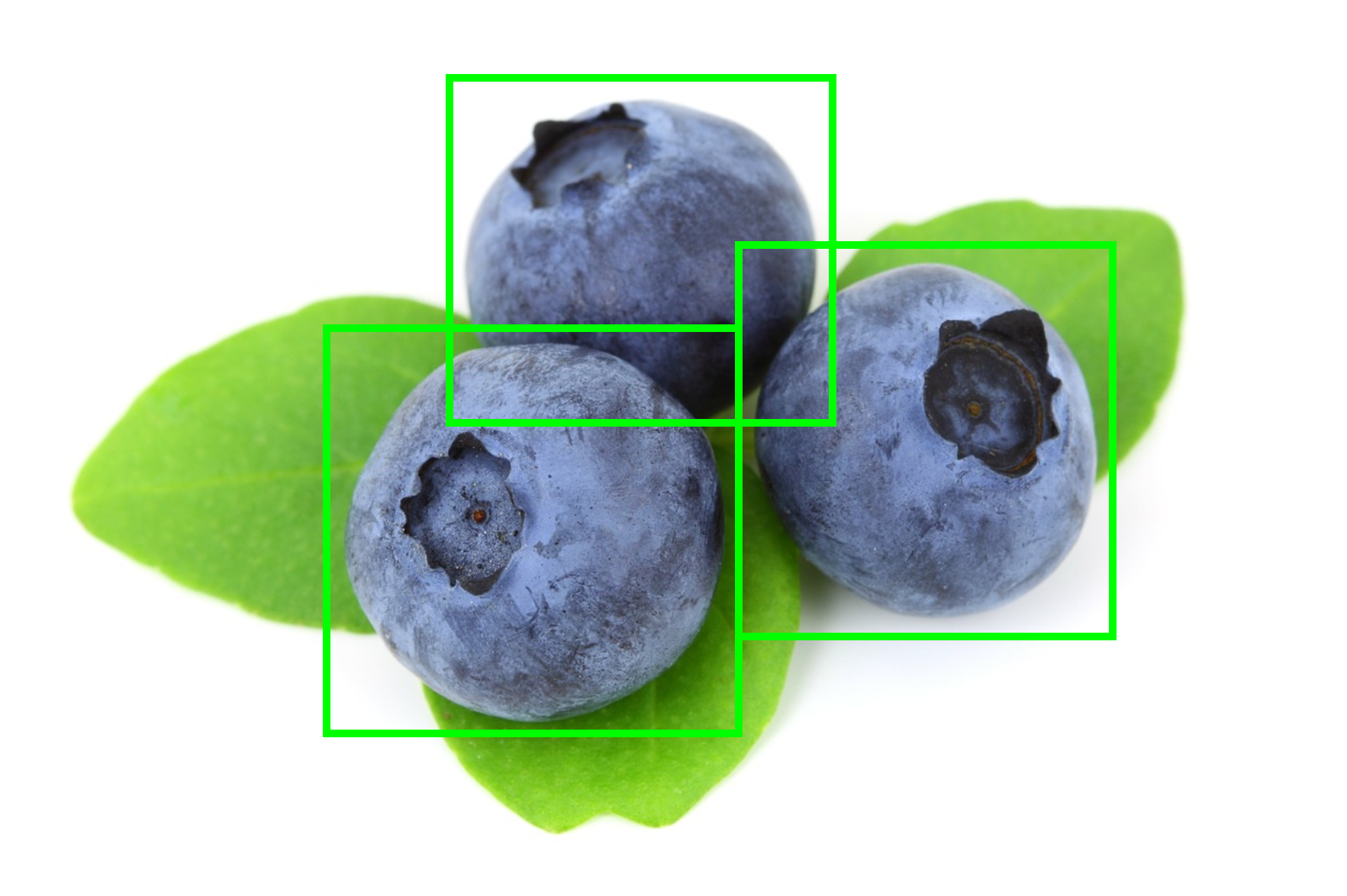
2. Flavor Blueberry:
-
- Used to locate parts with huge variation/flexibility or a wide family of similar objects.
- Runtime parallel multi-instance/threads execution on a single GPU. This allows reducing hardware cost and maintenance cost.
- Optimized Graphic/CUDA RAM memory allocation and usage.
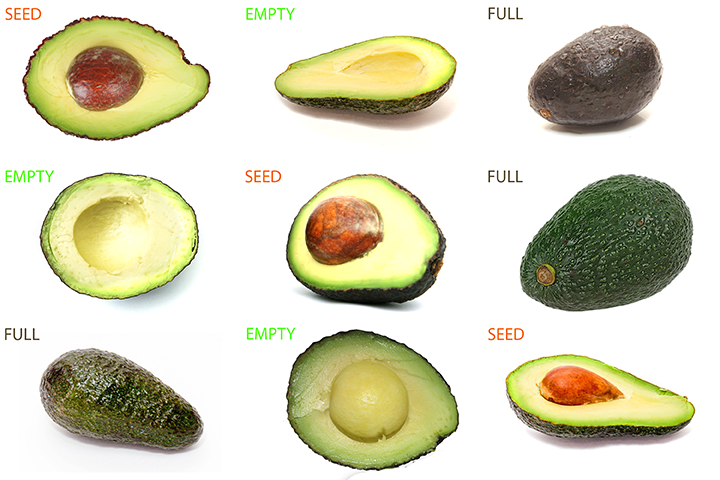
3. Flavor Avocado:
-
- Used to classify objects in an image.
- Runtime parallel multi-instance/threads execution on a single GPU. This allows reducing hardware cost and maintenance cost.
- Optimized Graphic/CUDA RAM memory allocation and usage.
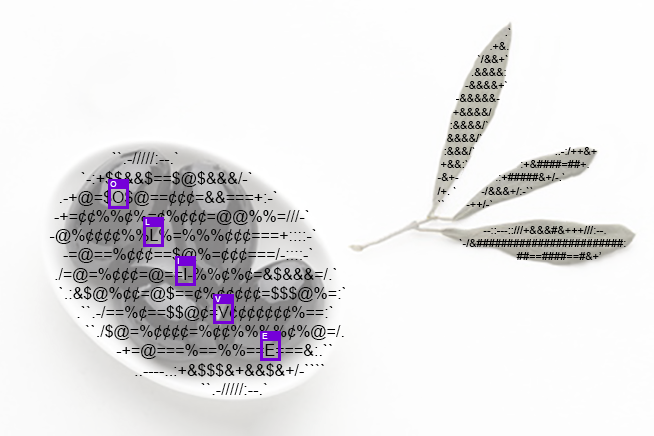
4. Flavor Olive:
-
- Olive is an OCR tool used to read characters in noisy environment.
“3HLE” is mainly offering Turn-Key solutions including Hardware, Integration of Software and Automation Processes dedicated to high speed automated Computer Vision Quality Control applications. For more Showcases, check out our Sucess Stories pages or check out our Products pages to learn more about our hardware and software solutions. We are working to build up more and more contents in those sections, please subscribe to our “3HLE” LinkedIn, FaceBook or Youtube chanels to get notified as soon as new contents will be available
Type
Artificial Intelligence Deep Learning Suites for Catching a Wide Range of Challenging Defects, localizing parts, Sorting types and reading OCR text in industrial Machine Vision for Factory Automation.

Please fill in the section below to receive the selected PDF Datasheet by email
Applications and Showcases
Visual Aesthetic & Functional Inspections / Localizing /Classifying / Defect Detection / Augmented Intelligence Inspection / Decision Making Helper
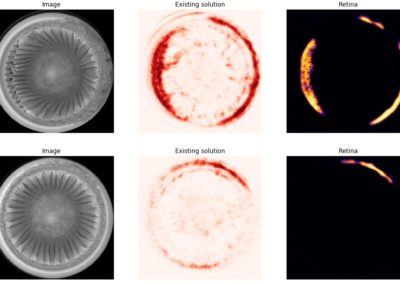



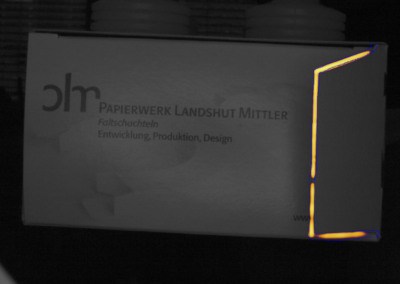

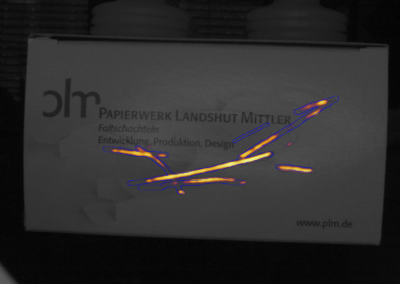


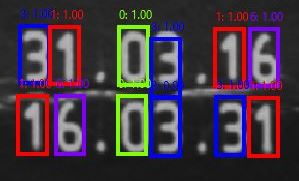

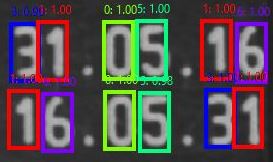
Comments are Closed